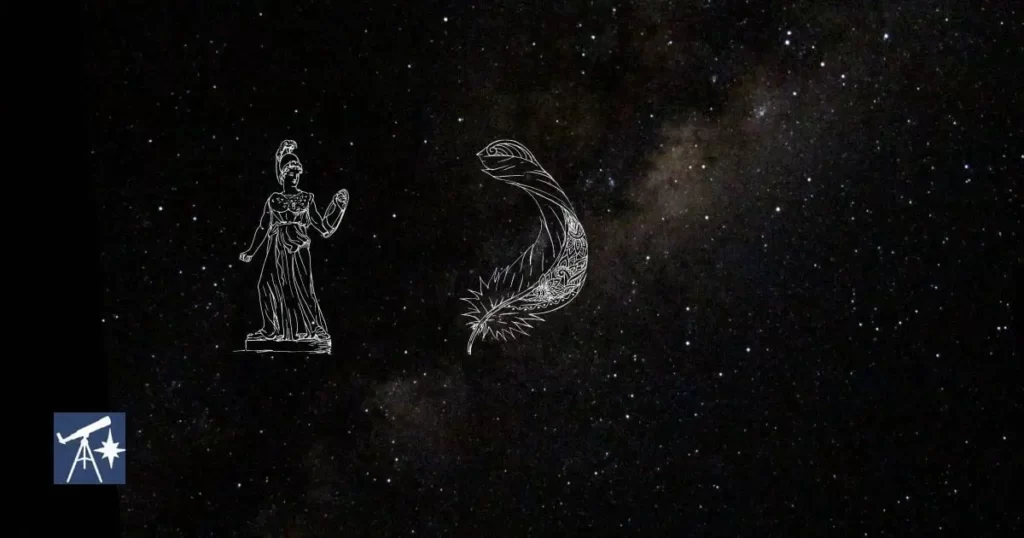Traditional peoples across the world developed stories and beliefs about the stars and cosmos. They were guided in many ways by the night sky. Here are 10 cultural astronomy examples.

Many early cultures used astronomy to understand their place in the world and the cosmos. The position of stars, star groups, and clusters helped them mark the passage of time and the change of seasons, important for food gathering and agriculture. It also helped seafarers with navigation.
Key takeaway:
Traditional people of the world used the position of stars and planets in the night sky to provide vital tools:
- A calendar for the changing seasons
- Survival strategy if lost
- Navigational map
- Teaching their lore through stories
From Babylon to China there is a history of astrology and astronomy in ancient civilizations – Here are a few examples of this cultural astronomy:
1. The Starlore of Indigenous Australians: A Journey Through Dreamtime Stories
The Dreamtime stories of Indigenous Australians connect the stars to their ancestors and creatures and landscapes of their country. Each star or star group represents a different ancestor or spirit.
Pleiades for example features in the stories of various groups.
Another example is how they predicted weather patterns and fishing regimes by the characteristics of Moon halos and Sun Dogs.
2. The Inca’s Milky Way: Exploring the Cosmic Beliefs of South America’s Ancient Civilization”
The Inca people of South America believed that the Milky Way was a road that led to the afterlife. They also believed that the stars were the souls of their ancestors.
3. The Navajo’s Sacred Stars: How Astronomy and Religion Intersect in Native American Culture
The Navajo people of North America have a complex system of astronomy that is tied to their religious beliefs. They believe that the stars are sacred and that they have a powerful influence on human affairs.
4. Maori Starlore: The Eyes of Ancestors and the Secrets of the Cosmos
The Maori people of New Zealand have a rich tradition of star lore. They believe that the stars are the eyes of their ancestors and that they can communicate with them through the stars.
5. Ancient Egyptians
The ancient Egyptians believed that the stars were the souls of their gods and that they controlled the fate of the world. They developed a complex system of astrology that was used to predict the future.
6. Dogan people of Mali
The Dogon people of Mali, West Africa, have a complex system of star knowledge that has been passed down through oral tradition for centuries. They believe that their ancestors came from the star system Sirius and have detailed knowledge of its orbit and characteristics.
7. The Babylonians
The Babylonians were one of the first civilizations to develop a system of astrology, which they used to predict the future and guide their decision-making. They believed that the stars and planets had a direct influence on human affairs.
8. Ancient Greeks
The ancient Greeks developed a rich tradition of astronomy and mythology, with many of their gods and goddesses associated with the stars and planets. For example, the goddess Athena was associated with the planet Venus.
9. Polynesians
The Polynesian people of the Pacific Islands have a deep connection to the stars and used the night sky for navigation and timekeeping. They have developed a complex system of star maps and stories that help them navigate the vast expanse of the ocean.
10. The Chinese
The Chinese have a long history of astronomy and astrology, with many of their beliefs and practices dating back thousands of years. They developed a complex system of calendars based on the movements of the sun, moon, and stars.
These are examples of the many stories and beliefs about astronomy that have been developed by traditional peoples around the world. These stories reflect the importance of the stars and the cosmos in human culture and history.
